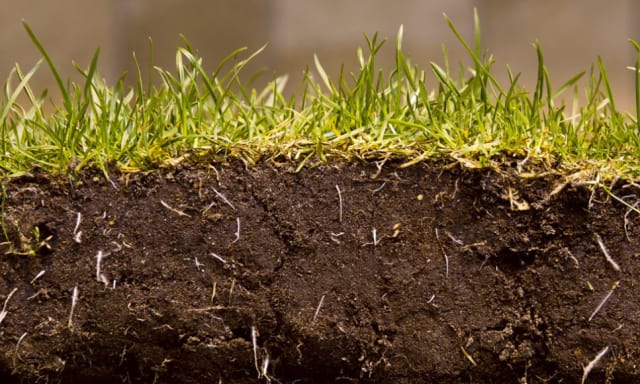Researcher Studies Potential for 3D-Printed “Dirt Houses”

This is not the first project to use dirt as a 3D-printing medium. Barcelona’s Institute for Advanced Architecture of Catalonia (IAAC) is currently developing Pylos, a robot that prints with a material that’s 96 percent soil. But the IAAC’s project uses a traditional 3D printer, extruding wet material in layers, and doesn’t utilize bacteria in its development.
Bernhardt-Barry’s project will run for five years, from July 1 of this year through June 30, 2023. During that time, Bernhardt-Barry will employ two doctoral students to assist with her research. At the end of the project, the researchers will perform a life-cycle analysis to determine if the dirt-printed building material can last as long as materials like concrete.
Bernhardt-Barry hopes that her soil material can be used in remote places, where concrete is difficult to source but dirt is plentiful. She also believes it will be more environmentally friendly than concrete, which has a high carbon footprint. “I think the trick is figuring out the science part of it and sort of the shapes and the materials and so that it is cost-effective,” she told Talk Business. “That’s going to be the bigger piece. We can build anything, but it’s got to be cost-effective.”












